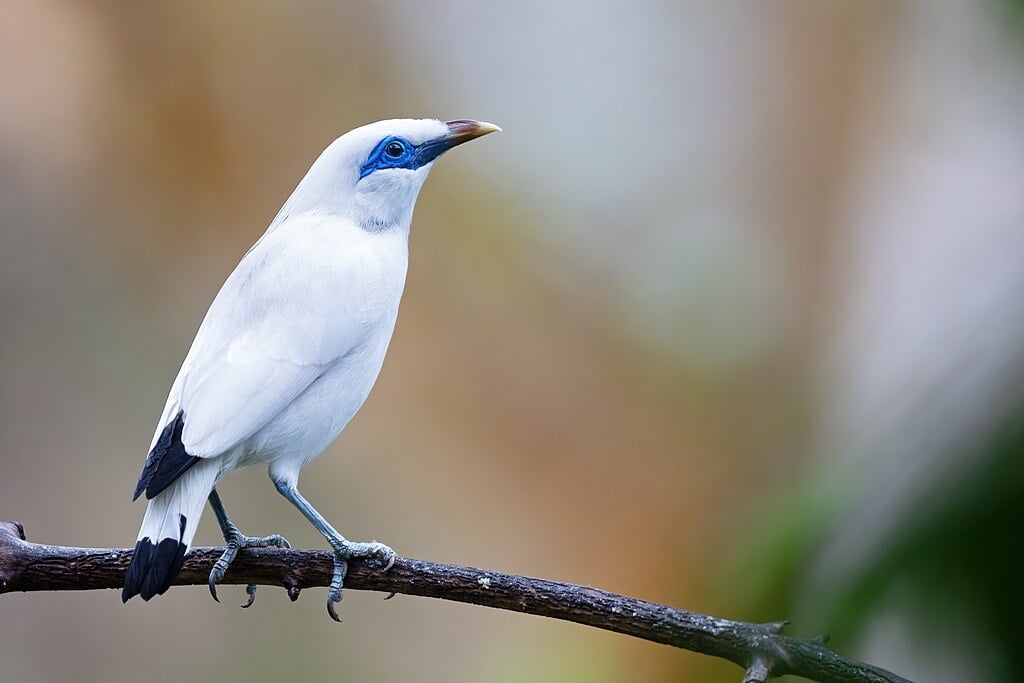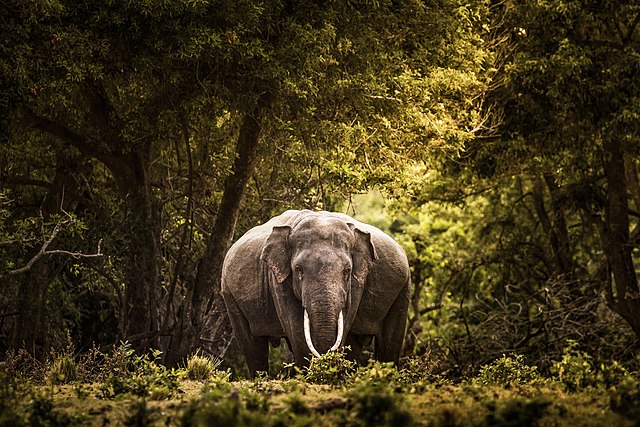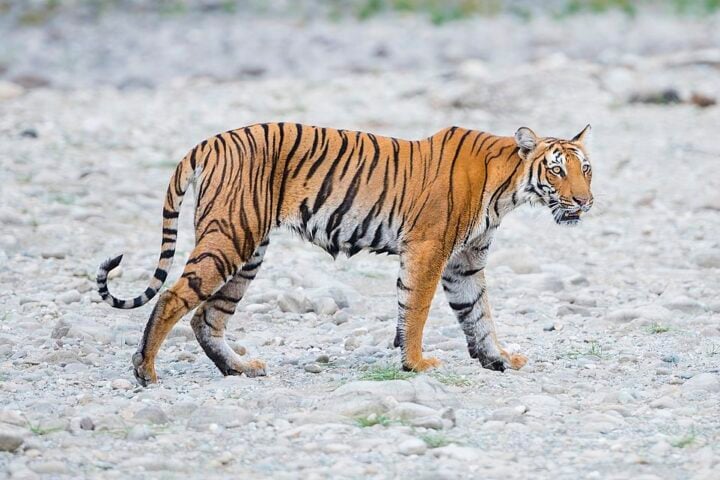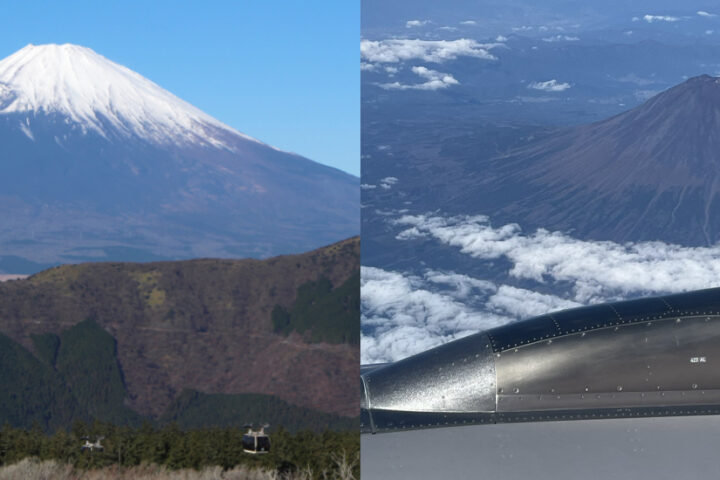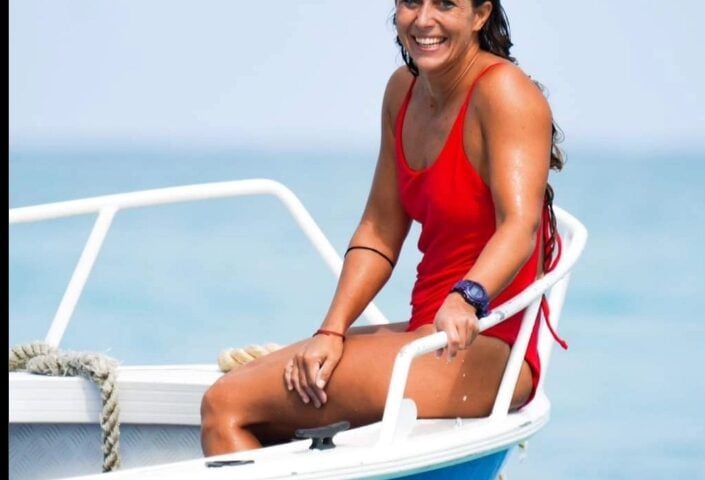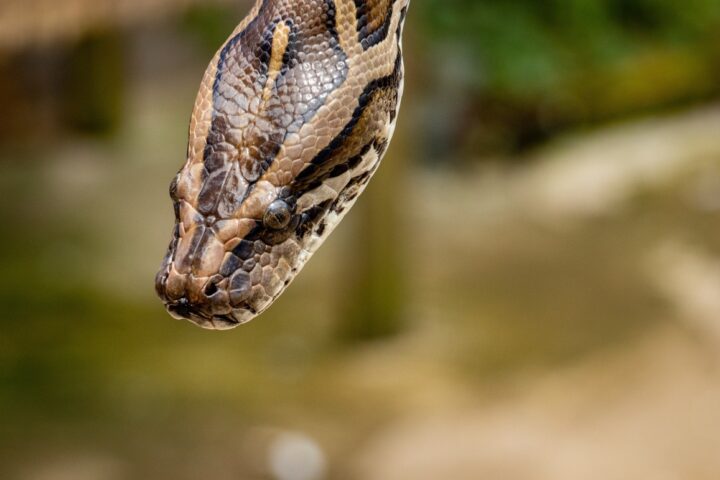The striking white Bali Myna, with its blue eye patch and black wing tips, once numbered fewer than 10 birds in the wild. Today, thanks to innovative conservation approaches, their numbers have climbed to between 50-100 in their natural habitat.
The Brink of Extinction
The Bali Myna faced near extinction primarily due to its beauty and popularity in the cage bird trade. Poachers could earn more than a year’s local salary by capturing just one pair of these birds for the black market. This relentless pressure, combined with shrinking habitat in their native Bali forests, pushed them to the edge of disappearing forever.
“Research suggests the population is viable and will continue to increase,” says Tom Squires, an ecologist who spent years studying the bird for his doctoral thesis at Manchester Metropolitan University.
Village Laws Protect the Birds
In Bongkasa Pertiwi, a village in central Bali, community members have taken a direct role in protecting these birds. The village amended its traditional regulations, known as awig-awig, to formally forbid poaching.
“The community is required to preserve the balance of nature,” says Agung Rai Astawa, who leads a local conservation program. “If someone is caught hunting the birds, his photo is put up in the village office to embarrass him.”
This community-based approach extends beyond just one village. On the islands of Nusa Penida southeast of Bali, all 36 villages have adopted similar protections for the Bali Myna.
An Unusual Approach: Legal Breeding
West Bali National Park tried a different strategy after traditional conservation methods failed. In 2006, the park began loaning birds to Balinese breeders. These breeders can legally raise and sell Bali Mynas but must return 10% of the offspring to the park for release into the wild.
This approach created a legal supply that dramatically reduced the black market value of the birds. At the height of illegal trading, poachers could get up to $2,000 for a pair of Bali Mynas. Now that price has dropped to just a few hundred dollars.
“When you have a legal bird, why would you buy the illegal one?” asks Bayu Wirayudha, who leads Friends of Nature, People and Forests, a conservation nonprofit.
Science Meets Conservation
Recent scientific research has also improved conservation efforts. Studies show that Bali Mynas actually prefer farmland to dense forest. This discovery has led West Bali National Park to move nest boxes from isolated areas to landscapes where humans and birds coexist.
Other research examines neophobia (fear of new things) in Bali Mynas. Adult birds show more fear of new objects than juveniles, which affects how well they adapt to the wild after release. This insight helps conservationists determine which birds might succeed after reintroduction.
Similar Posts
Economics and Conservation Working Together
Tourism provides financial incentives for communities to protect the birds. Visitors to Bongkasa Pertiwi can pay $3.50 to see the beautiful white birds, adding an income stream for local residents.
“When we protect the Bali Myna, more and more tourists come,” Wirayudha explains. The additional income encourages communities to stop poaching.
Challenges Remain
Despite progress, the Bali Myna remains critically endangered. With only 50-100 birds in the wild, the population is vulnerable to disruptions like natural disasters, disease outbreaks, or renewed poaching efforts. The captive population of 1,000-2,000 birds serves as a crucial backup.
Conservationists must also address ongoing habitat concerns and ensure that economic benefits from tourism reach the communities protecting the birds.

A Model for Other Species
The conservation approach developed for the Bali Myna may offer hope for other endangered songbirds caught in the Asian cage bird trade crisis. The Black-winged Myna, another critically endangered Indonesian bird, is already benefiting from similar community-based efforts.
“Our biggest ambition is to get this bird off the critically endangered list,” says Wirayudha. “That one day it will be common.”
Ali Imron, a biologist working with the Begawan Foundation, emphasizes the need for broader ecosystem protection: “Conservation you cannot do by yourself. You have to work together with local people.”
While scientists remain cautious about declaring success, the trajectory gives reason for optimism. As Squires puts it, “We are carefully hopeful.”
The Bali Myna’s recovery shows that saving a species requires more than just protecting animals. It demands the involvement of local communities, economic incentives, and scientific research – a lesson that may help other endangered species facing similar threats.
